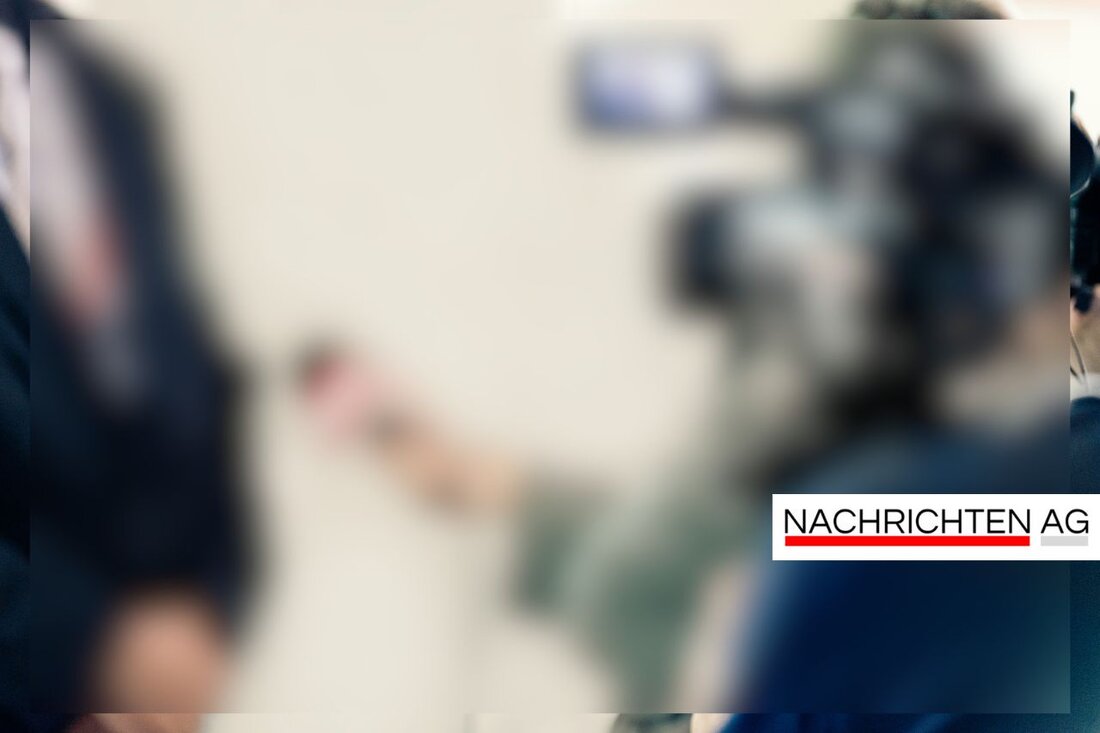Light protection for bats: fascination of lock night in Dresden!
Light protection for bats: fascination of lock night in Dresden!
In Radebeul there is a lot of discussion these days, because the annual lock night is just around the corner. And the focus is not only on the festivities, but also the protection of our little flying friends - the bats. The event, which will take place on July 19, 2025, has been committed to taking responsibility for nature and the environment seriously. An adapted light concept ensures that the endangered small horseshoe nose in particular remains protected, which has its home in the Roman bath. mdr is reported that the technical manager Peter ACS is used specifically the front of the Roman bathroom should be in the dark while the rest.
The concern to design the lighting conditions accordingly does not come about. Because light pollution is a big problem for bats that are nocturnal and are dependent on their surroundings. Your echo signal only extends about five meters, which means that you have to orient yourself to avoid accidents with cars. bat protection Saxony emphasizes that the small horseshoe nose typically flies close to the ground, which makes it particularly vulnerable. The speed limit at 30 km/h at the Waldschlösschenbrücke is an example of preventive measures that are not least supported by experts like Wolfgang Hahn from Pro BiOS to make it easier to avoid these animals.
light protection for the nocturnal
The challenges of light pollution not only affect the events in Radebeul, but are a wide topic in biological research and nature conservation. Many people are not aware of how much light influences the night animal world. The German bat offers comprehensive insights into the effects of artificial light and explained most sensitive types such as myotis, pleecotus and rhinolophus species can be severely impaired by the lighting. It is crucial to take suitable measures to reduce negative effects. These include, for example, shading or the creation of dark corridors.
In Radebeul, the city administration has campaigned for these topics. The good agreement between the artificial director Sylvia Grodd and the authorities shows that environmental and event protection can go hand in hand. The protection of the bats has always been part of the Schlössernacht and is supported by urban requirements. The event expects up to 6,000 visitors this year, a regulation that has existed for 15 years.
A look at the bat population
Interesting is also the review of the stocks of the small horseshoe nose in Saxony. This species was threatened with extinction for a long time due to the use of DDT in agriculture. But thanks to targeted protective measures, there is a slight recovery of the population, which can be found primarily in the southern valleys of the Elbe flows. Your summer quarters are often in attic, while you are looking for refuge in tunnels or hemwesers in winter.
The Schlössernacht thus makes a highlight on an important topic: How can we celebrate our festivals and at the same time respect nature? With the adapted light concept, the organizer makes a valuable contribution to bat protection and shows that environmental protection and joy in celebrating fit together. Maybe that's the perfect balance that other events should also take on!
| Details | |
|---|---|
| Ort | Dresden, Deutschland |
| Quellen | |


Kommentare (0)